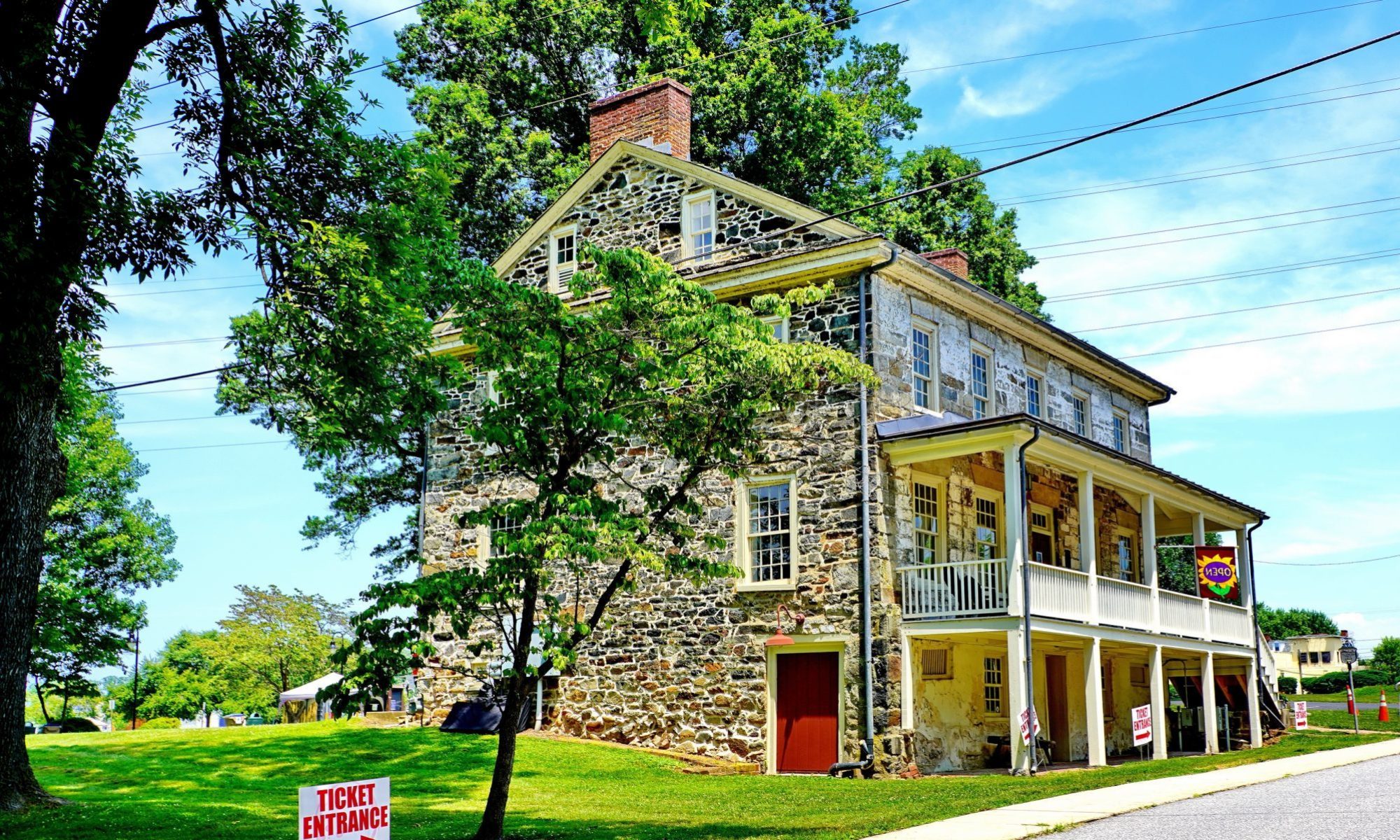Clang, clang, clang went the trolley as it screeched to a stop in Warwick. The door swung open, passengers piled in, and the car creaked forward. It rolled on down the line, through farmland and fields, while warm summer air flowed through open windows. As it approached the end of the line, the motorman threw on the brakes while the car hissed gently to a stop in Cecilton. That was the dream a group of investors promoted in February 1904.

They planned to bring rail facilities to the southern end of Cecil County, an agricultural area that didn’t have motorized means of getting from here to there. After all, whether civic pride or the possibility of making a little profit-motivated them, a prosperous region needed a modern system for moving people and commerce. On the ten miles of rail, passengers could soon hop on a streetcar in Cecilton and ride all the way to Odessa since the road connected with the Odessa and Middletown Railway. Oh the convenience, breezing along past familiar sights — Cash Corner, Warwick, the State Line. Surely the 447 townspeople in Cecilton would hop aboard in droves, enjoying the marvel of the age. Their other public transit choice was a daily stage, raising clouds of dust as it swayed and bounced over the rough public road to Middletown.
About this time trolley fever was driving entrepreneurs crazy in other parts of the county. Perhaps the idea that that Elkton was going to have more than one if investors got their way spurred these promoters on. Chesapeake City, Cherry Hill, Singerly, Iron Hill, and Providence would be stops on a line.
But there were practical obstacles to overcome before streetcars could start zipping along on the Cecilton Railroad. How was it going to be financed and where was the line going to be put down, those were a few of the questions the entrepreneurs struggled with. As for putting away the wagon and putting away the horse below the Bohemia River, it was still a little early for that though these capitalist got right to work. They incorporated the Middletown and Cecilton Railway Company (M & C). When the books opened for subscriptions in Cecilton on April 23, shares of the stock were sold at $25 each, the investors authorized to raise up to $50,000.

The first company president, William R. Polk, also happened to be the secretary of the Odessa & Middletown Railway, the line in Delaware. He was piecing together a system that would eventually connect Frederickton, Cecilton, and Warwick with the New Castle County communities. Right-of-ways were the next concern. By May, the Middletown and Cecilton had secured land. Grading on the farm of John W. Davis near Cecilton followed as materials and supplies started arriving along the route.
While folks waited, two area residents had a little encounter when one of the Delaware cars came tooting along. One June day, Amos Merritt of Warwick and Miss Ida Vinyard were near Odessa when the passing machine scared their horse and it ran up a bank. The buggy was a total wreck, but they were not seriously injured.
Somehow summer passed by without much construction getting finished. But the railway company said not to worry. The line would open by Christmas. Most of the roadbed had been graded and track laying would soon start. The M & C also announced some changes in plans. Cars would operate by gasoline motors instead of electric, as was first expected. Freight cars, an added service, would haul wheat and corn to Middletown for shipment to other points on the Delaware Railroad. With so many bad roads, what a convenience for farmers near Warwick, Earleville, Middle Neck, and Cecilton, they pointed out.
Delay did not dampen anticipation. “Give us a trolley,” folks cried — at least that is what a newspaper correspondent from Warwick wrote. The ladies were saying they would not remain at home once the trolley started passing through, the scribe added. Old Saint Nick’s time came and went, but nowhere in the county was the ding, ding, ding, of the trolley heard. The sister company, the Middletown and Odessa, eventually became a “financial basket case,” and in the winter of 1906-07 it suspended service for several months.
Somehow, it just did not go as planned for the Ceclton Railroad, as streetcars never started clang-clang-clanging around in the tranquil land between the Bohemia and Sassafras Rivers.














